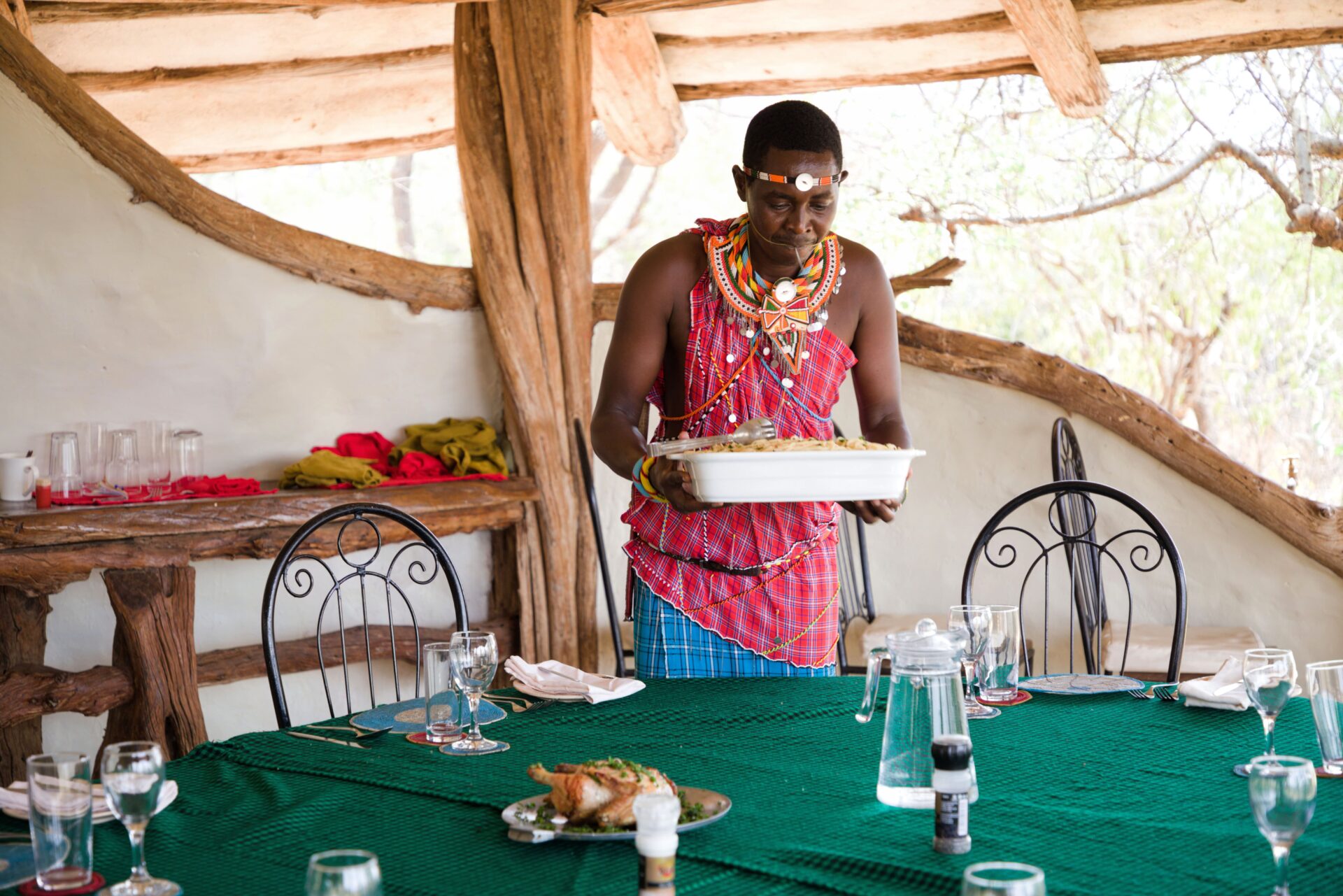Ksh 1.12 billion generated in
Tourism revenue since 2012
4 tourism facilities
17 Tourism Management
trainings conducted
98% increase in annual revenue from tourism
facilities within the MashinaniWORKS scope
47 community members trained in wilderness first aid training



